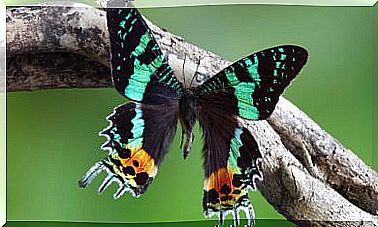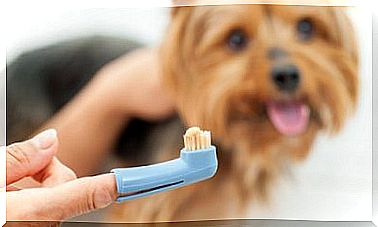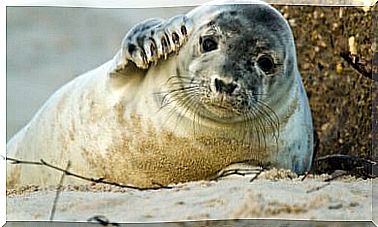How To Cool Your Horse In Summer
The elasticity of the skin or the color of the mucous membranes and urine can reflect the degree of hydration of the animal
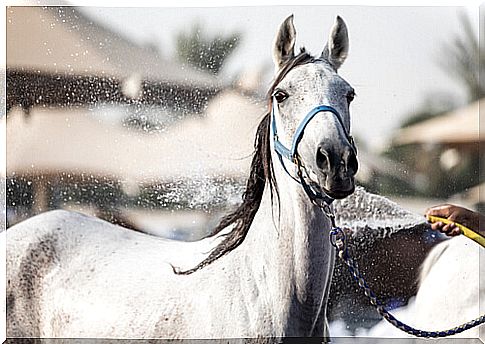
The body temperature of equines increases much faster than that of other animals, hence their greater sensitivity to high temperatures. Learning how to refresh your horse is key to avoiding future ailments.
Summer heatstrokes are a reality that affects most living beings. As a general rule, horses must maintain a body temperature between 37 and 38 degrees, as reaching 40.5 or 41 degrees can put their health at risk and even cause death.
Here are a series of preventive measures to combat dehydration in the animal:
- Increase barn ventilation. It is essential that there is a renewal of the internal air through gentle air currents. Opening windows and doors is not only important to maintain adequate oxygen concentrations, but it also reduces the concentration of fecal odors that tend to be magnified by high temperatures.
- The aeration of the block must be complemented with the exhaustive cleaning of this and the installation of mosquito nets or other types of mechanisms that reduce possible insect pests.
- Increasing the direct dose of water is undoubtedly the key aspect when it comes to refreshing your horse. The animal must have clean and fresh water continuously. In addition to checking that the volume of liquid is sufficient, it is necessary to make sure that the drinkers are clean, since many livestock diseases are due to inadequate disinfection.
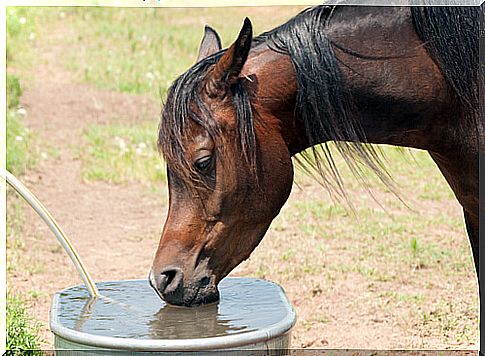
- Promote indirect hydration. Despite having a permanent water source, the animal may not drink enough. Moistening the hay, or even seeking veterinary advice on supplements to help curb possible salt loss, can be very helpful.
- Increase the frequency of bathing. As with people, many times the best way to refresh your horse is through cool showers. So that the temperature contrast is not too pronounced, it should be progressively advanced from the extremities to the back, either with a hose or with a moistened sponge.
- Use of insecticides. Apart from the already mentioned mosquito nets, it is necessary to use insect and parasite repellants. From the beginning of spring flowering until the end of summer, the increase of these organisms can cause serious ailments to the equine; the most common example is the so-called summer dermatitis.
- Schedule stable exits. Field trips or exercise should be postponed for the cooler hours of the day. In addition, there should be trees or spaces that allow the animal to shelter, if possible, with an additional source of water.
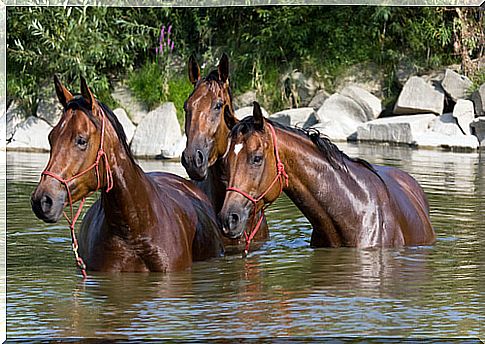
- Check the degree of dehydration of the animal. Skin elasticity is a symptom, among other things, of adequate water levels. This can be done by gently pinching a section of the neck or back and seeing if the initial shape is restored after releasing it. It is also effective to check the good condition of the mucous membranes (pink) and clear urine tones.
- Verify the recovery capacity of the animal through its vital signs. Either after exercising, or after a shower to lower your body temperature, make sure that your heart rate and breathing are maintained at an adequate rate.
Among farm animals, horses are one of those that require the most care. During the summer months they are especially sensitive and, therefore, ensuring adequate internal and external hydration is vital.

